Fire Over England Blu-ray Movie
HomeFire Over England Blu-ray Movie 
The Vivien Leigh Anniversary CollectionCohen Media Group | 1937 | 89 min | Not rated | No Release Date
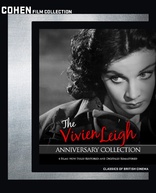
Price
Movie rating
6.6 | / 10 |
Blu-ray rating
| Users | 0.0 | |
| Reviewer | 3.5 | |
| Overall | 3.5 |
Overview
Fire Over England (1937)
During the reign of Queen Elizabeth I, a young naval officer spies on the Spanish and discovers their plans to send the Armada against England. This wins him the love of a lady-in-waiting.
Starring: Laurence Olivier, Flora Robson, Vivien Leigh, Raymond Massey (I), Leslie BanksDirector: William K. Howard
| Romance | Uncertain |
| Drama | Uncertain |
| War | Uncertain |
| History | Uncertain |
Specifications
Video
Video codec: MPEG-4 AVC
Video resolution: 1080p
Aspect ratio: 1.37:1
Original aspect ratio: 1.37:1
Audio
English: LPCM Mono
Subtitles
None
Discs
50GB Blu-ray Disc
Single disc (1 BD)
Playback
Region A (B, C untested)
Review
Rating summary
| Movie | 3.5 | |
| Video | 3.5 | |
| Audio | 3.5 | |
| Extras | 0.0 | |
| Overall | 3.5 |
Fire Over England Blu-ray Movie Review
Reviewed by Jeffrey Kauffman November 16, 2013Note: This film is currently available only in The Vivien Leigh Anniversary Collection.
Vivien Leigh will never escape the looming Technicolor shadow of her portrayal of Scarlett O’Hara in Gone with the Wind. For many,
both those who have read Margaret Mitchell’s source novel and those who haven’t, Leigh simply is and will
always be Scarlett. That kind of association with one iconic role can be as much of an obstacle as it is a boon to an
actor’s career, but the fact is of course Leigh essayed many memorable parts over the course of several decades. Even
diehard Gone With the Wind fans are aware of Leigh’s stunning turn as Blanche DuBois in A Streetcar Named Desire
, which might almost be thought of as Scarlett O’Hara: The Next Generation. Other, more devoted, fans of
the actress can point to any number of other notable performances, including everything from Caesar and
Cleopatra and Ship of Fools. But rather remarkably for an actress who is so lionized and so well
remembered today (even if it is largely for one legendary role), Leigh actually only made a relatively paltry 19 films over
the course of her career. Part of this was due to Leigh’s love of the theater (real fans will know she brought
home a perhaps undeserved Tony for her brief run in the musical Tovarich!), but part of it was due to her
emotional problems, which became more and more debilitating from the late forties onward (and which according to
some accounts led to her early departure from Tovarich!). Leigh’s pre-Gone With the Wind British work
seems to have most seriously fallen by the wayside in the actress’ oeuvre, and several of those films have in fact
fallen into the public domain, with a resultant release of various pretty shoddy looking home video versions through the
years. Now Cohen Film Collection (working in tandem with the British Film Institute at least some of the time) is
releasing four early Leigh ventures that may help to reclaim this underappreciated era in the actress’ burgeoning career.
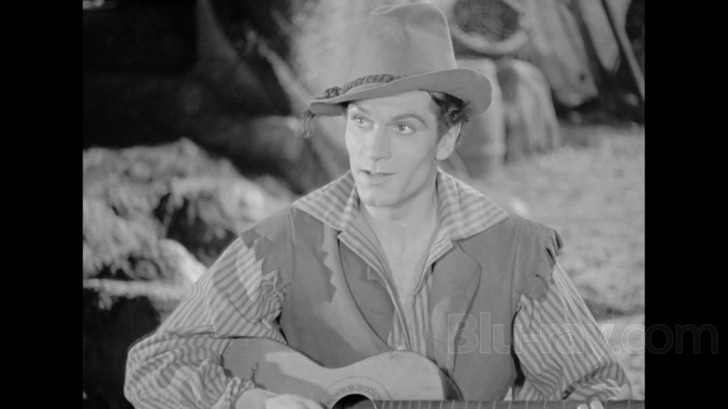
Fire Over England premiered in 1937, and one might therefore assume that its title might be referring to a prognostication about what would soon enfold Britain as the maelstrom of World War II erupted in buzz bombings which devastated large parts of London and the surrounding countryside. The film instead recounts another epochal battle in the nation’s long and storied history, crafting a highly fictionalized tale surrounding the conflict with Spain which ultimately resulted in the sinking of the Spanish Armada. Fire Over England has attained a certain luster through the years since it offers the first screen pairing of Laurence Olivier and Vivien Leigh, though it should be noted that at this point in her career, Leigh is definitely a second tier ingénue rather than the focal female.
That focus is pretty evenly split between the imperious but still strangely vulnerable Queen Elizabeth I (Flora Robson in one of her most iconic roles) and a Spanish lass named Elena (Tamara Desni), who seems for quite a bit of the film to be the main romantic interest for English hero Michael Ingolby (Laurence Olivier), the son of an English naval commander who along with his father and countless others is taken prisoner during a battle. Michael ultimately escapes and is tended to by Elena, even though Michael has already expressed a romantic interest in the kind of silly English girl Cynthia (Vivien Leigh), a lady in waiting to the Queen.
Fire Over England bears virtually no relation to actual historical events, but it is nonetheless an often entertaining enterprise, one buoyed by great performances, especially by Robson, who finds just the right middle ground between Elizabeth’s imperious and more forlorn, lonely aspects. Olivier is spry and quite charming, and Leigh, while relegated to a clearly supporting role, certainly makes an impact, with a kind of flittery insouciance that nicely presages some of Scarlett O’Hara’s more impetuous antics. The film has some opulent settings, but its use of miniatures to depict the sea battles may provoke outright laughter in those accustomed to more realistic portrayals.
Fire Over England Blu-ray Movie, Video Quality 
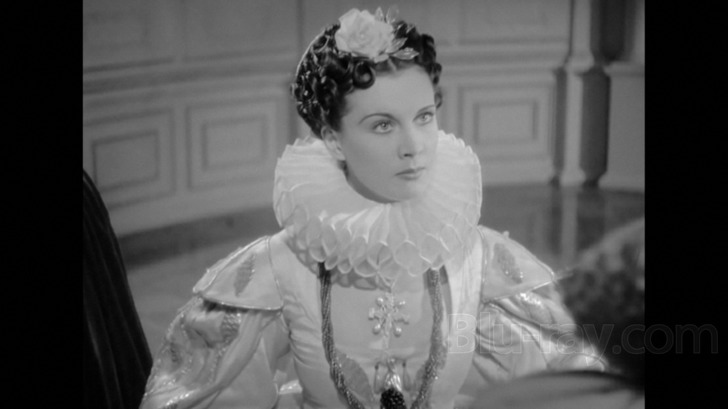
Cohen Film Collection has thus far in its relatively short existence been a reliable label for excellent
transfers of some vintage movies, and the fact that Fire Over England's AVC encoded 1080p transfer in 1.33:1
begins with a title card proclaiming that it's the result of a joint restoration by both Cohen and the vaunted British Film
Institute, will no doubt raise expectations accordingly. Some may therefore be a little surprised by the look of this
transfer, and some context
is necessary to understand why it looks like it does. The biggest issue here was the deplorable condition of the source
elements. Cohen and
the BFI were actually able to get quite close to an original negative here by utilizing a 35mm duplicating positive. But
even that was in pretty
horrible shape, including huge variances in grain, contrast, and an odd fringing anomaly which Cohen was actually able to
trace back to all
surviving original elements, evidently the result of how the original negative was stretched while being pulled through the
gate while filming took place.
I would just like to take a moment to both thank and commend Cohen for its absolutely first rate response to my
questions about Fire Over
England, for I was not only dealt with extremely kindly by Cohen, I was given really unprecedented access to
information about Cohen's restoration processes.
Rather incredibly, not only were copious amounts of useful information imparted to me, the British lab handling the
restoration emailed me as
well and in a sign of the "above and beyond" approach this niche label took with regard to my inquiries, they actually sent
me long snippets of
the original source elements so that I could see the shape they were in and what the restoration team had to work with.
All I can
say is, this kind of responsiveness is incredible and a sign of how seriously Cohen takes its releases.
To quote the email from the lab which was sent to me:
The source material was of poor quality and featured heavy amounts of grain, with any optical or shots featuring model work being even worse. The grain was reduced, but particular effort was made not to remove any significant detail and the end result is representative of the detail contained in the source material. Many sections also contained vastly different levels of grain including the aforementioned opticals, so we have attempted to try and tie the different parts of the film together by keeping a fairly consistent look throughout. The source element also looked generally very rough and not pleasant to watch, this also influenced the level of grain reduction applied.And so finally, let's deal with the image and how some are going to probably react to it. Has there been noise reduction? Obviously. Some viewers are probably going to feel it has been too liberally applied, and admittedly there are some very minor anomalies present here, including the quick disappearance of Morton Selden's beard in one shot that I'm attributing to both denoising as well as overblown contrast. There is not very much grain here, aside from multi-pass opticals, where it's still quite evident. And there are still some noticeable contrast issues, especially in the early going, where things look slightly blown out some of the time.
Distortion and warping were also a major problem. This meant that normal stabilisation was not enough as it only locks the image effectively using 1 point. So multiple points had to be tracked in nearly every scene to remove or at the very least reduce this warping. Correcting this does however in my opinion make a dramatic difference when viewing the film as the image is now very solid with no strange movement distracting your eye.
Flicker and density fluctuation was also present throughout and had to be corrected by running both an automated process and then correcting it by manually specifying areas to de-flicker and masking any areas of the scene that contained heavy movement. The grain reduction also helped to smooth out any flicker that was left.
In terms of clean up every scene was peppered with both positive and negative film dirt. This was corrected with a mixture of automated passes and frame by frame fixing and checking of the material. Other defects such as scuffing, scratches, splices, glue, tears and missing frames were present in multiple sections and these were all repaired manually. Some scenes featured nearly all these problems and have undergone extensive reconstruction to save them.
Now, I have seen typical broadcast prints of Fire Over England ever since I was a child, and there is absolutely no denying they have by and large been absolutely hideous looking; some were obviously sourced from inferior 16mm prints and even those coming from 35mm were frequently full of pretty bad damage, as were the snippets of the source elements used for this transfer which Cohen kindly sent on to me for review purposes. Therefore I personally contend that Cohen and the BFI did the best job they could under what were probably very difficult circumstances. Most of the issues some viewers are going to have with this transfer originated with the elements rather than solely with the ameliorative efforts made to correct them. The good news is that the image, while soft, has good overall clarity. Whatever clean up efforts have been applied to the source elements have more or less completely taken care of any age related wear and tear, and in fact the opening British censor card, credits and then the text cards that offer some explanatory background look like they were created yesterday. There is virtually no sign of blemishes throughout this presentation. This is yet another example of how important proper film preservation is. Without decent archival elements to work with, results can only go so far, but by and large, Fire Over England is quite a commendable effort.
Fire Over England Blu-ray Movie, Audio Quality 

Fire Over England's uncompressed LPCM Mono track shows typical slight distortion and midrange crackling in the music underscoring the main credits sequence. After that, aside from some minor amplitude shifts that crop up occasionally, things are remarkably clear and trouble free, including surprisingly little hiss (it sounds like significant noise reduction was applied to the silent sections of the film, for there's a slight but perceptible uptick in hiss surrounding the spoken elements). Fidelity is quite good, especially once the opening underscore has passed.
Fire Over England Blu-ray Movie, Special Features and Extras 
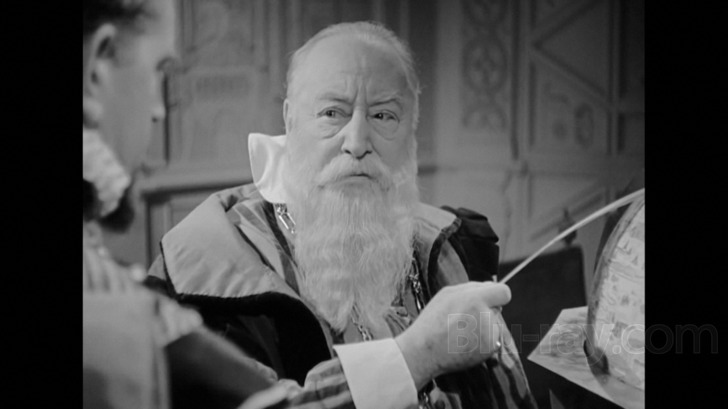
No supplements are offered on this Blu-ray disc.
Fire Over England Blu-ray Movie, Overall Score and Recommendation 
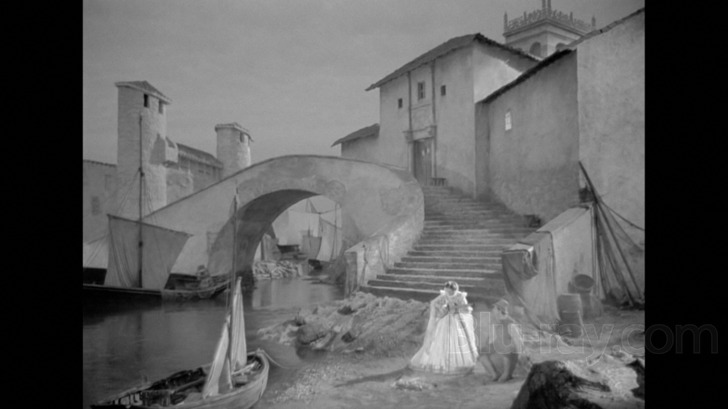
Fire Over England isn't really a "Vivien Leigh film", but it's quite enjoyable on its own terms. There's nothing even approaching historical accuracy here, but Olivier makes for a very dashing hero, and Robson is unforgettable as Queen Elizabeth I. This was an early effort by legendary cinematographer James Wong Howe, and while the surviving elements obviously presented some major hurdles for Cohen and the BFI to overcome, the results here are largely quite commendable. Highly recommended.
Similar titles
Similar titles you might also like
(Still not reliable for this title)

War and Peace
1956

The Captive
1915

Dark Journey
The Vivien Leigh Anniversary Collection
1937

The Bitter Tea of General Yen
1933

Love and Honor
Love & Honor
2013

For Whom the Bell Tolls
4K Restoration | Special Edition
1943

A Farewell to Arms
1932

Disputed Passage
1939

Glorious 39
2009

The Best Years of Our Lives
1946

Cleopatra
1934

Mrs. Miniver
1942

Captain Corelli's Mandolin
2001

Ship of Fools
1965

So Proudly We Hail
1943

The Edge of Love
2008

Saraband for Dead Lovers 4K
Saraband | Indicator Series | Limited Edition
1948

Birdsong
Masterpiece Classic
2012

Rachel Getting Married
2008

The Pillars of the Earth
2010